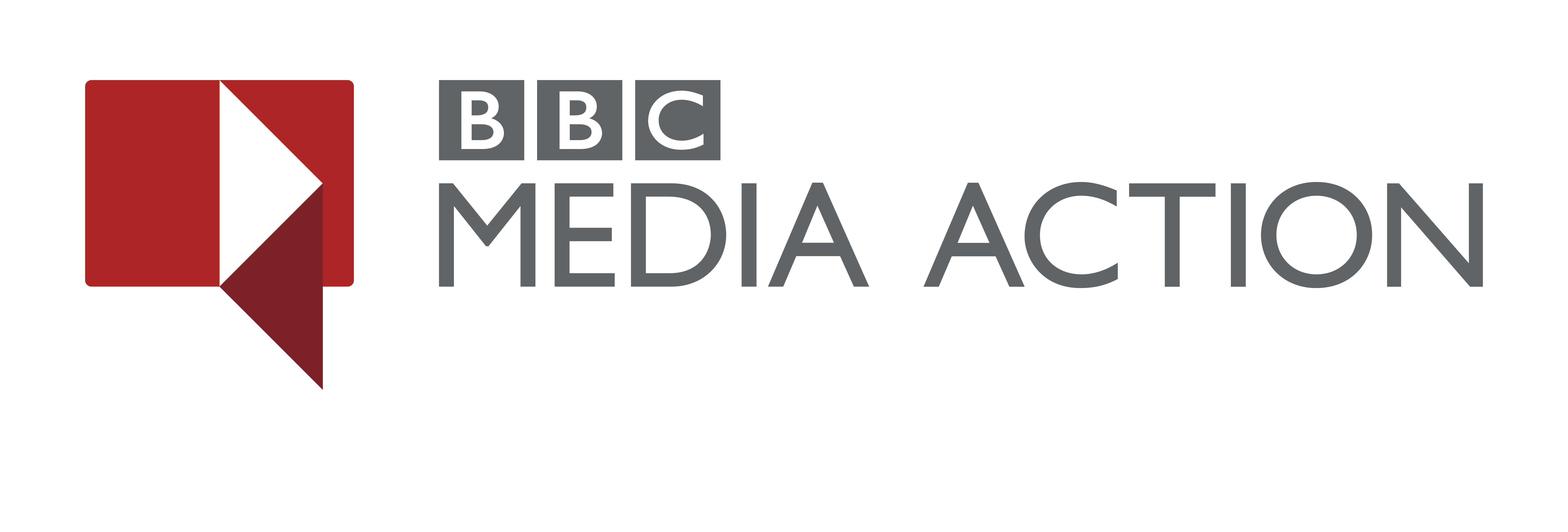Syrian refugee crisis 2013-2014
INTERVENTION
PROJECT AIMS
The project sought to provide Syrian refugees with information to enable them to make informed decisions and access support networks and give them a voice to share their experiences. As well as being designed to contribute to long-term goals of promoting tolerance and solidarity, the project had specific short-term aims to:
- Help refugees identify organisations that could help them
- Provide information that enabled refugees to help themselves
- Help refugees access the services they needed.
RESEARCH AND EVALUATION
BBC Media Action commissioned a small, qualitative evaluation that took place in January 2014, while the video messages were airing. It primarily assessed the knowledge and attitudes of refugees and UNHCR employees in each of the seven centres where the content was aired, to provide a snapshot1of its relevance and effectiveness in achieving the short-term objectives. The purpose of the evaluation was to inform and improve future interventions by BBC Media Action, specifically phase two of the project.
A small, targeted qualitative design was chosen due to the sensitivity of the context. Semi-structured interviews were conducted with refugees and UNHCR workers. Observations of refugee behaviour while the content was airing were conducted in each centre and feedback forms were left in the UNHCR registration centres. The forms were designed with graphics to enable less literate respondents to complete them. A minimum of two interviews with refugees and two with UNHCR staff, plus one or two observations, were conducted in each centre.
1 These results cannot be generalised to the refugee population.
KEY FINDINGS
RELEVANCE & APPROPRIATENESS
Access
Platform – The television screens in UN Refugee Agency (UNHCR) centres were an innovative way of getting information to significant numbers of people – at the time, approximately 175,000 Syrian refugees registered at the UNHCR centres each month.2
The volume was turned down during registration and not everybody could see the screens fully, which hampered access to the content for some people.
Audience members also accessed the videos through YouTube, Facebook and Vimeo, reaching over 7,000 people in the first month.
2A media average, based on UNHCR estimates of the number of refugees visiting the centres each day, and the number of centres (7).
Content – Refugees said they could identify with the people in the video clips and liked their use of Syrian actors they could relate to. However, they also felt that the clips should more accurately reflect the severity of the difficulties they faced.
Research respondents related to the issues discussed in the video clips, such as immigration challenges and children’s education. They engaged with these issues and discussed them with family members.
Audience members found the information helpful and relevant but would have liked more specific and even more relevant information. They requested more country-specific, targeted information, such as where to access services mentioned in the clips, and the names and the addresses of services in specific countries. Although they felt motivated to ask for help, Syrian refugees were not always sure who to ask or where to go for specific needs.
Engagement
Syrian refugees commented that the video clips were entertaining and engaging, while observers at the registration centres noted widespread interest from both adults and children when they were screened, such as children pressing their faces against the screens when other children came on.
BBC Media Action’s evaluation indicated that the messages embedded in the most popular clips were repeated by word of mouth. In some cases, especially a short film called The Broker, which highlighted the risks of being defrauded by conmen posing as aid workers, they stimulated discussion around related issues.
Trust
Some people thought that the media content was created by UNHCR, as a result of it being broadcast in UNHCR centres. This may mean that their levels of trust in the information may have reflected their trust in UNHCR services in the refugee centres.
EFFECTIVENESS
Knowledge and learning
Research respondents agreed that the information provided by the video clips was valuable and helpful –80% of people who filled out feedback forms stated they had learned something new from the clips. Refugees particularly mentioned learning the importance of vaccinating children and seeking available support services.
Motivation and confidence
Over half of the Syrian refugees interviewed for this research said that the video clips had encouraged or motivated them to ask for help. This was an achievement in an environment where many claim that efforts to access aid and support are blocked or frustrated. However, they were not confident that UNHCR would act on their requests for help.
Actions
Syrian refugees did mention intending to take actions such as registering their children’s births as a result of the video clips. However, they often requested country-specific information, such as the names and addresses of services in Jordan and Lebanon. For example, they asked for information about food coupons (Jordan) and medical services (Lebanon).
Strengthening local agencies’ capacity to respond to such requests would have dramatically increased the impact of this media output and would have encouraged more refugees to seek appropriate help.
NEXT

